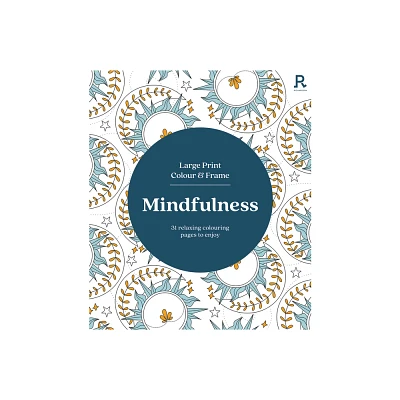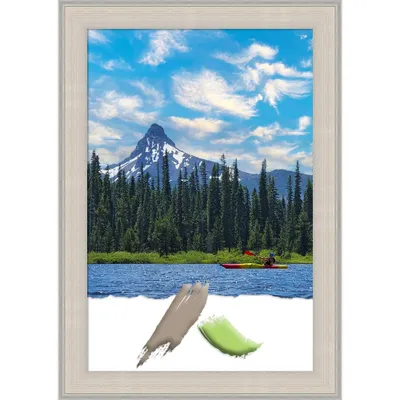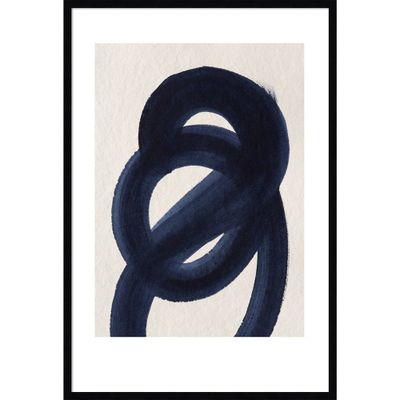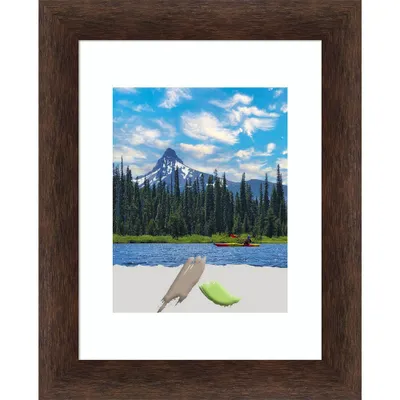Home
Zen Art - Zen and the Art of Colouring: Colouring book with a large variety of framed pictures. Contains Zen proverbs at the back of each picture.
Loading Inventory...
Barnes and Noble
Zen Art - Zen and the Art of Colouring: Colouring book with a large variety of framed pictures. Contains Zen proverbs at the back of each picture.
Current price: $5.99


Barnes and Noble
Zen Art - Zen and the Art of Colouring: Colouring book with a large variety of framed pictures. Contains Zen proverbs at the back of each picture.
Current price: $5.99
Loading Inventory...
Size: OS
*Product Information may vary - to confirm product availability, pricing, and additional information please contact Barnes and Noble
Colouring Book with Frames!
approximately 38 images with varying complexity to colour
Each image is framed
Images are printed on one side only
Behind each image is a Zen proverb for reflection
Tester page and colouring tips page
Samples of images in first few pages
Eco friendly, Free ZenArt IOS app available on iTunes for colouring on the go with 18 categories of mandalas - save big on paper, pencils
Other designs available on paperback - Gardens, Oceans, Festivals, Buddha
Why mandala colouring? According to art therapist and mental health counsellor Susanne F. Fincher, we owe the re-introduction of mandalas into modern Western thought to Carl Jung, the Swiss psychoanalyst. In his pioneering exploration of the unconscious through his own art making, Jung observed the motif of the circle spontaneously appearing. The circle drawings reflected his inner state at that moment. Familiarity with the philosophical writings of India prompted Jung to adopt the word "mandala" to describe these circle drawings he and his patients made. In his autobiography, Jung wrote: I sketched every morning in a notebook a small circular drawing, ... which seemed to correspond to my inner situation at the time. ... Only gradually did I discover what the mandala really is: ... the Self, the wholeness of the personality, which if all goes well is harmonious. Carl Jung, Memories, Dreams, Reflections Wikipedia
approximately 38 images with varying complexity to colour
Each image is framed
Images are printed on one side only
Behind each image is a Zen proverb for reflection
Tester page and colouring tips page
Samples of images in first few pages
Eco friendly, Free ZenArt IOS app available on iTunes for colouring on the go with 18 categories of mandalas - save big on paper, pencils
Other designs available on paperback - Gardens, Oceans, Festivals, Buddha
Why mandala colouring? According to art therapist and mental health counsellor Susanne F. Fincher, we owe the re-introduction of mandalas into modern Western thought to Carl Jung, the Swiss psychoanalyst. In his pioneering exploration of the unconscious through his own art making, Jung observed the motif of the circle spontaneously appearing. The circle drawings reflected his inner state at that moment. Familiarity with the philosophical writings of India prompted Jung to adopt the word "mandala" to describe these circle drawings he and his patients made. In his autobiography, Jung wrote: I sketched every morning in a notebook a small circular drawing, ... which seemed to correspond to my inner situation at the time. ... Only gradually did I discover what the mandala really is: ... the Self, the wholeness of the personality, which if all goes well is harmonious. Carl Jung, Memories, Dreams, Reflections Wikipedia


















